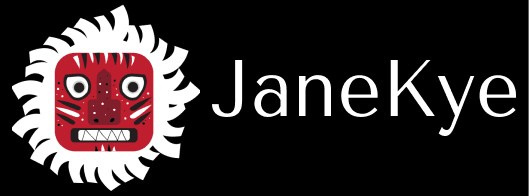
Industry
Roles
Category
As someone who is not an expert on the subject, I decided to look at other health insurance apps as well as examples of onboarding and educational interfaces
Key Takeaways

After reviewing competitors and some secondary research, I thought it was now time to dig deeper into the pain points and day-to-days of those who have the toughest time understanding health insurance: 26+ year olds (new health insurance users).
I interviewed 8 people, ranging between 24-35 years old, with three being subject matter experts (SME).
Key Takeaways
There were 2 problems the participants shared in common:
Understanding health insurance
Bad experiences with using health insurance apps/websites
Work and saving money are a higher priority than making health-related appointments for my participants
“On average, employees spend 18 minutes selecting their benefits, and 42% wait until the last minute to enroll” (Health Insurance Statistics And Facts 2024, Published by Les Masterson, Fact checked by Michelle Megna, Jan 3, 2024, Forbes Advisor)
My participants seem to have taken much more time than 18 minutes to choose a plan
“It would be helpful to have a new customer kind of tab or option or separate part of the website to kind of walk you through the things you need to take care of”
“But the pricing is still very obscure, as it always is.”
In the U.S, young adults who turn 26 years old must find their own insurance plan and are phased out of their family's. Based on the secondary research and interviews, many around this age feel unprepared to find their own plan and find it difficult to understand the terms used when it comes to onboarding. One particular participant stated, "I spent like five hours sitting down reading what all that shit is. They don't teach you that in school.”
Personas
Primary Users
Secondary User

Mara the Manager
I added this secondary user persona because interviewees in the 32-35 years old range also desire easier health insurance onboarding when they change employers or move to a new city
Product Goals
Now that the personas have been created and the problem becomes more clear, I start generating ideas on how to address their pain points.
Key Takeaway
To achieve both business and user goals, easy onboarding and a clear organization of information helps the user not feel overwhelmed and therefore the business can retain their engagement and interest
Content Prioritization
Now that the goals have been set, it was time to start developing features that would achieve these goals and turn into a solution. I decided to revisit some of the interviewees to do a card sorting exercise and see what they thought would be a good way to organize the plethora of information I was about to give them.
Key Takeaway
All card sorters had the same train of thought when it came to organizing information:
Some sort of profile/identification category
Insurance plan related terms
Services (care provided within an insurance plan that one can get)
Next steps (progress tracking, goals…)
User & Task Flows
Main Objectives
Don't overwhelm the users with a bunch of information
Take the users step by step
Display the onboarding results in a clear and digestible way
User Flows
Task Flows: The "Happy Path"
Low & Mid Fidelity Wireframes
With clear flows on how these two features will work, I wanted to bring to life all the ideas I gained from the research to product definition processes. Luckily, I also had peers and my mentor to keep me on track and help me fill in any gaps.
Key Takeaways
The step tracker for the onboarding quiz needed some work and I learned that the placement of information was key to understanding right away what step of the quiz the user is at and what step they were currently on
While the low to mid fidelity wireframes are in grayscale, it's important to keep contrast on important buttons and information so that the users can complete the tasks effortlessly
04 Visual Design
Branding
Core Values
Approachable
Friendly
For 26-35 years old (contemporary)
Simple
Instills confidence
UI Components
I not only needed to design a product that was easy to read and understand, but also easy to use and access on their mobile devices.
Key Takeaways
Primary buttons should be large and wide enough so that users can move on to the next step quickly
Text should be organized into different sections so that they can read it in digestible amounts (hence the sort of drop down style for the different steps of the onboarding quiz)
Colors are in high contrast so that key functions and points can be found and read in a short amount of time
Past, present and future steps of the onboarding quiz should be easy to track
05 Testing & Results
Prototype Testing & Results
I had 5 prototype testers as well as mentor and peer feedback. Here's what I found:
What Worked:
Look and feel was approachable
The questionnaire was easy to follow and quick (avg. task completion time was 2 minutes)
Confidence was boosted as testers were able to learn about various health insurance terms in the results screen
Feedback:
I had three SME’s and they brought up that if someone was eligible to get health insurance via their employer, they would not necessarily need to do this onboarding questionnaire. A SME also suggested I show a chart that exemplifies how costs would apply to one’s day-to-day life
Next Steps
It's always hard to let go of a project once it's done. While I am proud that I was able to achieve the proposed goals and scope of this project and thankful for everyone who helped me along the way, there are still more ideas I think that can go along with this product! Here's how I would take this product to the next level:
Further develop the costs breakdown so that it's more engaging and can help users see how it applies to real life
Search providers within a user's area and book appointments with them
A Health Guide where users can set goals and keep track on how they're progressing on reaching them















